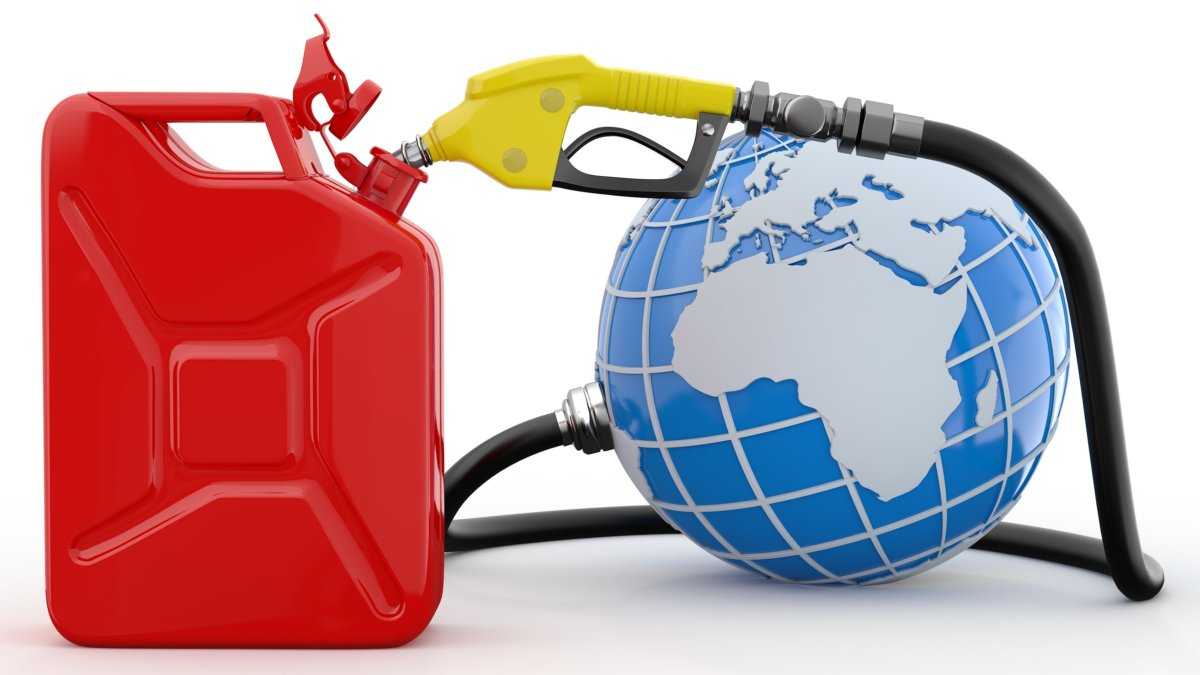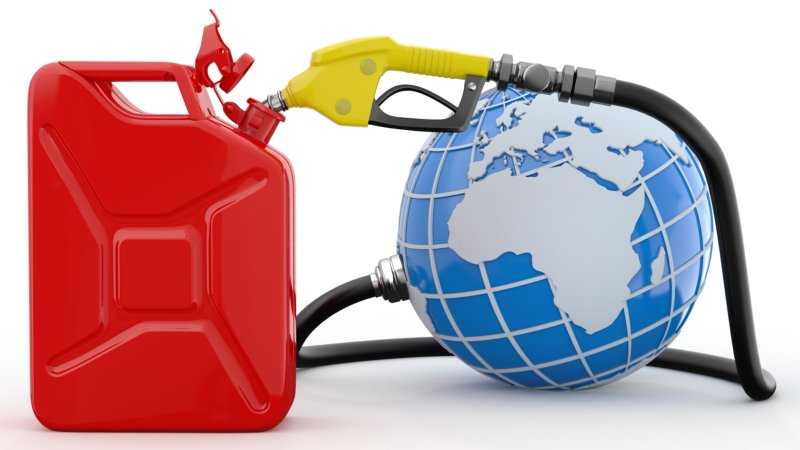

The cradle to grave carbon footprint of a gallon of gasoline is 11.14 kg CO2e / gallon.
This value is representative of an average gallon of gasoline sold in the United States with 10% ethanol. 20% of the emissions result from oil extraction, refinement, and transportation. The remaining 80% of emissions result from burning gasoline.
Data and Assumptions
The greenhouse gas emissions of gasoline are based on the standard assumptions in the Greenhouse gases, Regulated Emissions, and Energy use in Technologies Model (GREET) 1 Model developed by Argonne National Laboratory. The GREET 1 Model is a Cradle to Grave Life Cycle Assessment (LCA) model that models all material and fuel inputs in vehicle fuels.
The GREET 1 Model (Wang, 2020) states the sum of all Well to (Fuel) Pump emissions of gasoline with 10% corn ethanol are 17,865 g GHG (CO2e) / MMBtu. This value includes crude oil extraction, transportation to the refinery, the refinement process, emissions from ethanol production, emissions for fuel additives, and transportation to the gas pump. Note: This value represents the average of US gasoline, which includes 77.4% Crude Oil, 16.1% Shale Oil, and 6.5% Oil Sands feedstocks by volume, prior to mixing with ethanol.
The GREET 1 Model (Wang, 2020) states an energy content of 124,340 Btu / gallon of US Blendstock gasoline with 10% ethanol (EIA, 2020). Therefore, there are 0.1243 MMBtu / gallon, or 2.22 kg CO2e / gallon.
When gasoline is burned, the carbon atoms in gasoline release their hydrogen bonds and then bond with oxygen atoms to form the CO2 molecule. The atomic weight of carbon is approximately 14 Atomic Units (AU), and the AU of CO2 is approximately 44 AU. Thus, when gasoline is burned, the carbon in gasoline will weigh 3.6667 times more as CO2.
The density of the US Blendstock gallon of gasoline is 2.819 kg / gallon, and the fuel is 86.3% carbon (Wang, 2020). This results in 2.433 kg carbon / gallon. At 3.6667 times the mass ratio, burning a gallon of the US Blendstock will emit 8.92 kg CO2 / gallon. This value is 0.03 kg CO2 / gallon higher than the value of 8.89 kg CO2 / gallon reported by the EIA (2016).
The total emissions from adding the well to pump emissions and tailpipe emissions are 11.14 kg CO2e / gallon.
References
Energy Information Administration (EIA). (February, 2016). Carbon Dioxide Emissions Coefficients. See Link to Source
Energy Information Administration (EIA). (June, 2020). Units and Calculators Explained. See Link to Source
Wang, M. (2020). Greenhouse gases, Regulated Emissions, and Energy use in Technologies Model (GREET) 1 Model. US Department of Energy – Argonne National Laboratory. See Link to Source

